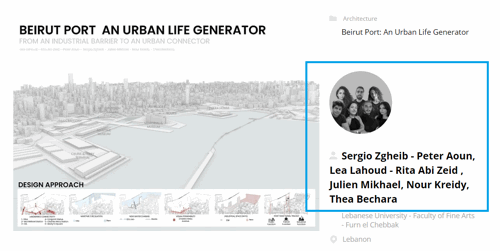Eden Unit

Project idea
The Eden Unit project addresses the challenge of creating sustainable habitats for humans on Mars. As space exploration advances, there is a growing need for adaptable, resilient living spaces that can support human life in harsh environments.
Inspired by natural forms, the design uses parametric architecture to create modular, interconnected units that respond to Mars’ unique landscape. The goal is to build a self-sustaining ecosystem that not only provides safety and shelter but also integrates systems for energy, water, and food.
The project aims to create a place for people to live and thrive on Mars, fostering human connection and sustainability in an alien environment. It is a solution to the challenges of interplanetary colonization, offering a new type of space where humans can live together in harmony with their surroundings.
Project description
The Eden Unit project aims to create a Martian habitat designed to support long-term human life on Mars, located between the planet’s crimson mountain ranges. The habitat consists of interconnected modular units, forming a self-sustaining ecosystem.
The habitat includes several specialized modules, such as the core laboratory module for research, hydroponic greenhouse modules for food production, cargo and traffic modules for transporting supplies, and studio spaces for creative and technical work.
These modules are carefully designed to expand and adapt over time. The design focuses on providing essential life support systems, including energy, water, and food production, while emphasizing human-centered living to ensure long-term sustainability.
Cylindrical horizontal modules provide a low-gravity recreational environment for the residents, with high-transparency glass allowing them to enjoy views of the Martian landscape.
Additionally, residential clusters are organized through an unconventional “V-shaped canyon” profile. By connecting the residential modules with various functional modules, the design ensures accessibility and efficient movement between them.
Overall, the Eden Unit provides a flexible and adaptable solution, creating a fully functional and sustainable habitat in the harsh Martian environment, ensuring that humans can survive and thrive on Mars for the long term.
Technical information
In the construction technology framework of this project, we established a scalable building system based on cubic modules with algorithm-controlled combinations. Each structural unit adopts a standardized dimension of 60m×60m×60m, constructed from lightweight, high-strength carbon fiber composite materials. This dual-material system ensures transport efficiency for Earth-prefabricated components while enhancing environmental adaptability through supplementary use of locally sourced Martian materials.
For vertical spatial organization, we developed a three-dimensional construction system with layered superposition, diverging from conventional Earth-based structural paradigms. Leveraging Mars' low-gravity environment (approximately 38% of Earth's gravity), each structural unit can safely support increased volumetric capacity.
Regarding environmental adaptability, the modular units integrate water recycling systems and artificial photosynthesis devices to form a cohesive life-sustaining axis throughout the building complex.



